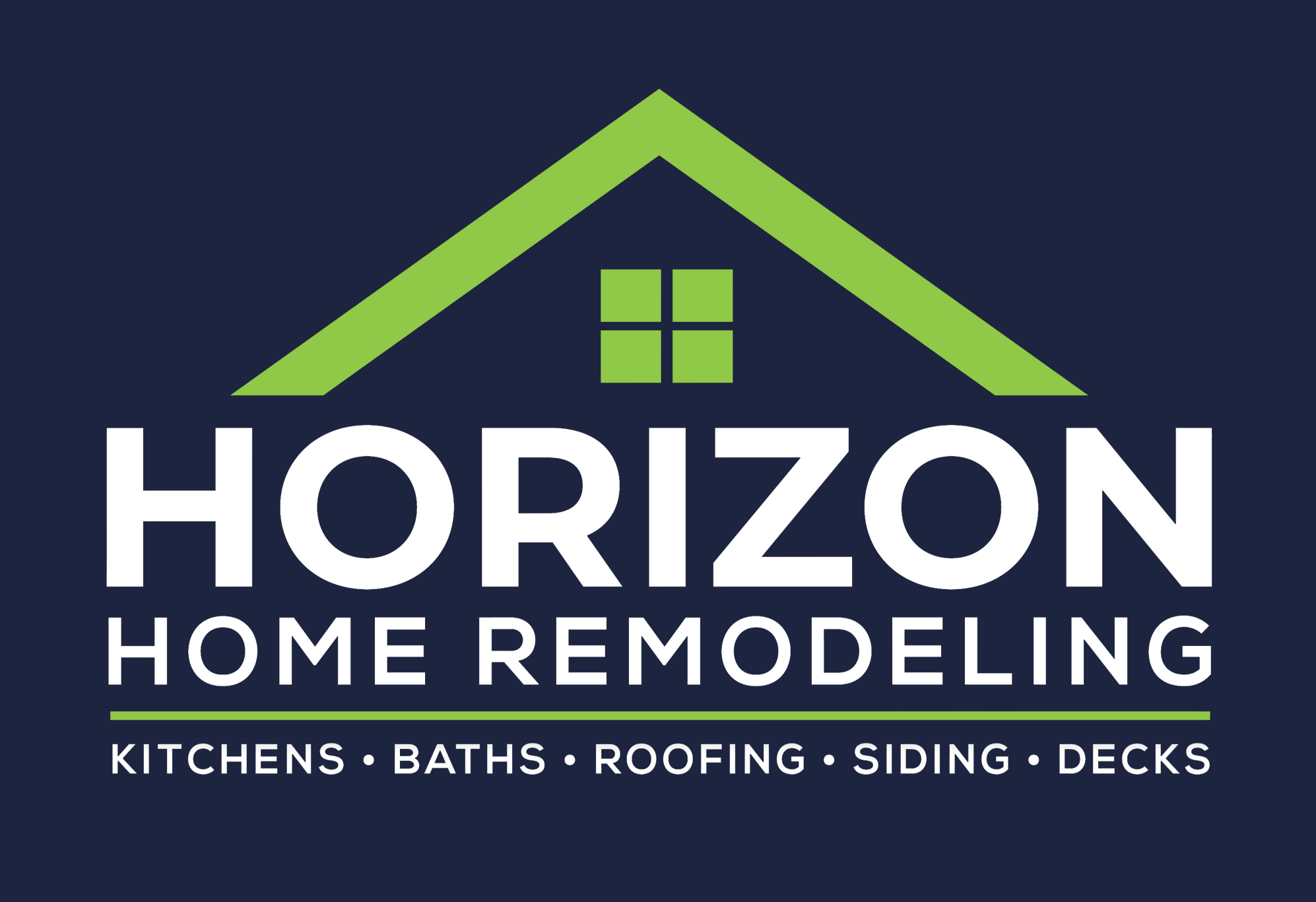Your home is likely your most significant investment, and protecting that investment involves understanding the importance of maintaining your roof. The roof not only enhances the aesthetic appeal of your home but also plays a pivotal role in offering protection against the elements. This article outlines essential roofing maintenance tips that every homeowner should consider to extend the life of their roof and protect their investment.
The Importance of Roofing Maintenance
Neglecting roof maintenance can lead to serious and costly problems down the line. According to the National Roofing Contractors Association (NRCA), regular maintenance can extend the life of a roof by 10 to 20 years. Maintaining your roof is not just about ensuring its longevity; it also contributes to energy efficiency, aesthetic value, and safety.
Regular Inspections: The First Step
Conducting regular inspections is crucial for the early detection of potential issues. The NRCA recommends inspecting your roof at least twice a year—preferably in the spring and fall. Here’s what to look for:
- Damaged Shingles: Look for missing, cracked, or curling shingles, which might indicate more extensive damage.
- Pooled Water: Inspect flat roofs for any water pooling, which can lead to leaks and structural damage.
- Moss or Algae Growth: This could indicate moisture retention, which can weaken roofing materials.
- Flashing Integrity: Examine the flashing around chimneys, vents, and skylights to ensure they’re not compromised.
Cleaning Your Roof: The Necessity of Debris Removal
Regular cleaning is essential to maintaining the integrity of your roof. Debris like leaves, branches, and dirt can trap moisture and lead to mold and mildew growth, which can deteriorate roofing materials over time.
- Gutter Cleaning: Clean gutters at least twice a year to prevent clogs which can cause water backup and roof leaks.
- Pressure Washing: Using a pressure washer can help remove moss, algae, and dirt. However, be cautious not to damage the shingles.
- Remove Large Debris: Manually remove large branches and leaves to prevent them from causing damage during storms.
Understanding Your Roofing Material
Different roofing materials have varying maintenance requirements. Here’s a brief overview:
- Asphalt Shingles: Inspect for cracking or granule loss. If you notice significant granule loss, the shingles might need replacement.
- Metal Roofs: Check for corrosion or rust. Applying a protective coating can help extend the lifespan.
- Tile Roofs: Inspect for broken tiles, which can lead to leaks. Replace any damaged tiles promptly.
- Flat Roofs: Regularly check for ponding water and ensure that the surface is free of debris.
Addressing Common Roofing Problems
Even with regular maintenance, issues can arise. Here are some common roofing problems and their solutions:
- Leaking Roof: Look for water stains on ceilings or walls. Repair leaks immediately to prevent further water damage.
- Poor Ventilation: Ensure your attic is properly ventilated to prevent moisture buildup, which can damage roofing materials.
- Granule Loss: If you find granules in your gutters, it may indicate that your shingles are nearing the end of their lifespan.
Hiring a Professional: When to Call for Help
While many maintenance tasks can be performed by homeowners, some situations require a professional touch. Here are signs that you should call a roofing contractor:
- Severe Weather Damage: After storms, it’s essential to assess the integrity of your roof; a professional can conduct a thorough inspection.
- Complex Repairs: If repairs are outside your skill level or involve structural issues, don’t hesitate to call a roofing professional.
- Old Roof: If your roof is over 20 years old, consider a professional evaluation to assess its condition.
Energy Efficiency and Your Roof
The roof can significantly impact your home’s energy efficiency. Here are some tips to enhance energy efficiency through roof maintenance:
- Insulation: Ensure that your attic is properly insulated to prevent heat escape during winter and reduce cooling costs in the summer.
- Reflective Coatings: Consider applying reflective coatings to reduce heat absorption and lower cooling costs.
- Ventilation: A properly ventilated roof prevents moisture buildup which can lead to rot and mold growth.
Case Studies: Real-life Examples of Effective Maintenance
Understanding practical applications of roof maintenance can help underscore the importance of regular care. Here are two brief case studies:
Case Study 1: The Thompson Family
The Thompson family decided to conduct an inspection after noticing water stains on their ceiling during a rainy season. They discovered several shingles were missing and that they had serious water pooling on their flat roof. After replacing the damaged shingles and cleaning their gutters, they not only stopped the leaks but also extended the life of their roof by several years.
Case Study 2: Community Initiative
A neighborhood association in an older generation community organized a roof maintenance workshop. With the help of a local contractor, homeowners learned about inspecting roofs, cleaning gutters, and the importance of hiring professionals for serious repairs. This initiative resulted in a noticeable decrease in emergency repairs and created a sense of community responsibility toward home maintenance.
Statistics to Consider
Several statistics emphasize the importance of roofing maintenance:
- According to the NRCA, 80% of all roofing problems could be avoided with regular inspection and maintenance.
- Homeowners can save between 10% to 15% on energy costs with proper insulation and ventilation, greatly affecting overall expenses.
- Replacing a roof can cost upwards of $7,000, depending on the type, while maintenance can cost a fraction of that over the same period.
Conclusion: Protecting Your Investment
Your roof is a crucial component of your home that requires regular attention and care. By implementing these essential roofing maintenance tips—conducting regular inspections, cleaning, understanding your roofing materials, addressing problems promptly, and hiring professionals when needed—you can significantly extend the life of your roof and protect your investment. Remember, proactive maintenance today can save you from costly repairs tomorrow!



